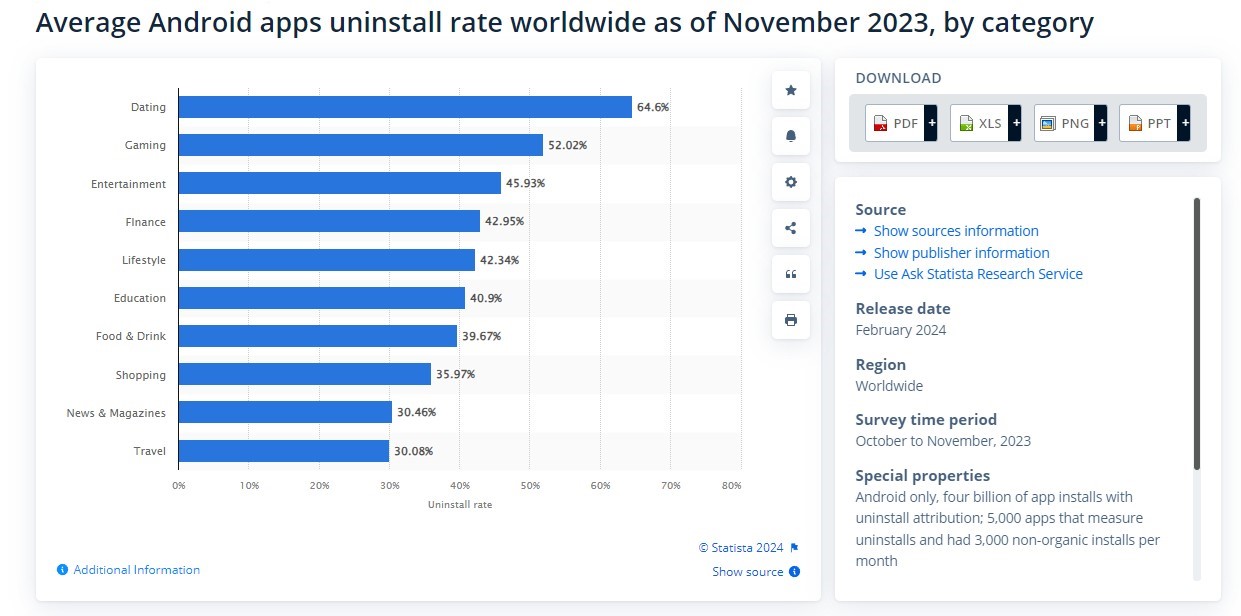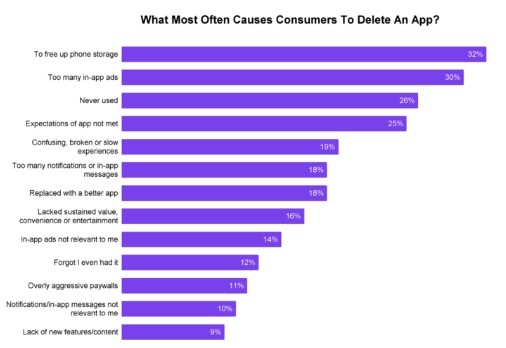With apps being the engines driving the digital economy, tackling the blind spots in app and transaction failures has become a key imperative for businesses.
According to the World Economic Forum, Southeast Asia’s digital economy is on track to hit US$600 billion in Gross Market Value (GMV) by 2030.
The value could possibly reach up to US$1 trillion by 2030 if certain changes are made – such as eliminating barriers so that more Southeast Asians can become active users of digital services.
However, this potential GMV will not be realized if apps fail and consumers abandon transactions or remove apps. To exacerbate matters, apps get more complex as device support increases to meet the needs of AI and the metaverse.
As the digital economy expands, the number of devices used to perform transactions will explode. In another five years, it is expected that there will be 25 billion IoT devices in the world, nearly five times the number of smartphones today. Many of these will be smart appliances, metaverse VR/AR devices, wearables, smart speakers and more.
It is therefore imperative for app owners, enterprises, regulators and telcos to find out what the root causes of failures are, but this is not a simple task. DigiconAsia discussed the issues with Dion Asencio, CEO/President and Managing Director, Mozark Asia Pacific.
In the digital economy, apps have become business-critical. What are the major blind spots enterprise app owners experience when it comes to app failures?
Dion Asencio (DA): When apps fail, it could be a result of various factors and more often than not, it can be difficult to pinpoint where the app failure resides – is it at the enterprise end, the app owner, or the merchants? Let’s take various examples to illustrate the point.

For example, apps are being used in high foot-traffic areas such as in train stations and busy expressways. When passengers use the train, at times, their connection drops and there’s no signal at all. The same situation occurs when travelling by bus or car on the expressways and connections drop at certain points on the expressways. Are there no mobile base stations along certain stretches of train routes, or is due to some issue with their telecommunications provider?
Have you also wondered why at certain times when you want to pay for goods and services at shopping malls, your credit card or bank card authentication fails? Is it due to a faulty point-of-sales terminal, not enough bandwidth provisioned to cater to the high level of transactions on a given day, or does the fault lie with the bank servers, the merchants’ stores, or with the bank itself? Would the banks know if the payment is failing, and the transactions fail?
The problem is compounded by hundreds of Android, iOS and IoT variants available to consumers today. How do enterprises monitor these apps with endless OS upgrades? And if transactions or activities fail, how do we know what is affecting the apps?
Do such occasions cost the merchants and banks lost revenue in terms of canceled payments and transactions?
What would be the likely cost of not addressing these blind spots?
DA: The potential GMV of Southeast Asia’s digital economy will not be realized if apps fail and consumers abandon the transactions or remove the apps. Around 80% – 90% of mobile apps launched in app stores are abandoned after their first use, thereby causing huge losses in potential revenue of US$600 billion to US$1 trillion.
And the cost will be compounded if customers are frustrated and complain on social media platforms, thus damaging company reputation. Or even worse, should customers remove the app from mobile phones, they might end up using a competitor’s app, thereby increasing transactions and revenue to competitors instead (See below for Android apps uninstall rate by category).


The cost of not addressing these issues is there will be an overspending of CAPEX on high traffic sites, without understanding where the real problem lies. As stated, what happens if the real problems are not caused by networks? We also need to ask if all the applications are affected.
One of the key ways to track where the problems lie is to have a social media barometer.
How does near real-time data help to mitigate the risks of app failures?
DA: By having near real-time data, application owners and network providers can get to know of issues on the device end before customers complain on social media.
The challenge with current observability platforms is that they provide an “inside out” view of performance or a backend centric view. Providing an “outside in” view through traditional methodologies such as integrating a client side monitoring SDK can deteriorate app performance and has concerns around user data privacy.
We mitigate these concerns by using “black box” approaches to monitoring. And doing so on a continuous 24×7 basis enables us to generate an alert as soon as we see any failure or performance degradation on the device or front-end side.
DA: Enterprises should have live devices running the application journeys. This helps to show whether the errors are caused by devices, networks, servers or third-party systems. One of the ways to do this is through synthetic monitoring, i.e. monitoring an application that emulates the paths users might take when engaging with an application.
Along with other monitoring in place, synthetic monitoring plays a key role where the key app user journeys can be replicated from customers’ perspectives i.e. how the journeys are being perceived by consumers. As an example, let’s take trading apps that are only used during specific periods of the day. Instead of relying solely on real-time user monitoring, using synthetic monitoring of trading apps can capture issues before trading hours begin the next day. This provides enough time for the IT team to fix whatever issues are happening, rather than struggling to fix problems during market trading hours, causing lost trading opportunities and consumer disgruntlement.
Using real devices, consumers can perform key user journeys on the app, in a real environment which can capture most of the performance metrics required.
Using a spread of devices with different OSes is also key since there are hundreds of Android, iOS and IoT variants available to consumers today. This allows apps to be monitored with precision.
